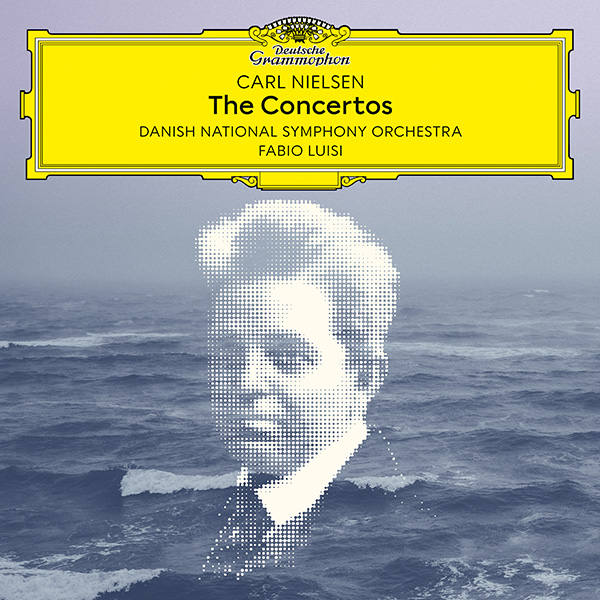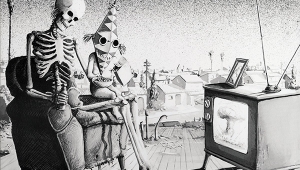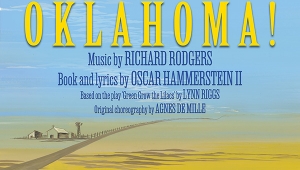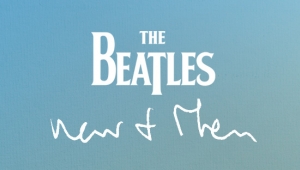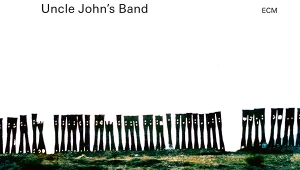| Columns Retired Columns & Blogs |
Is there a typo in the review of the Weinberg recording? How else to reconcile the statements that Weinberg was charged with "Jewish bourgeois natioinalism" in 1953 while his work "Dawn" was posthumously premiered in 1919?

